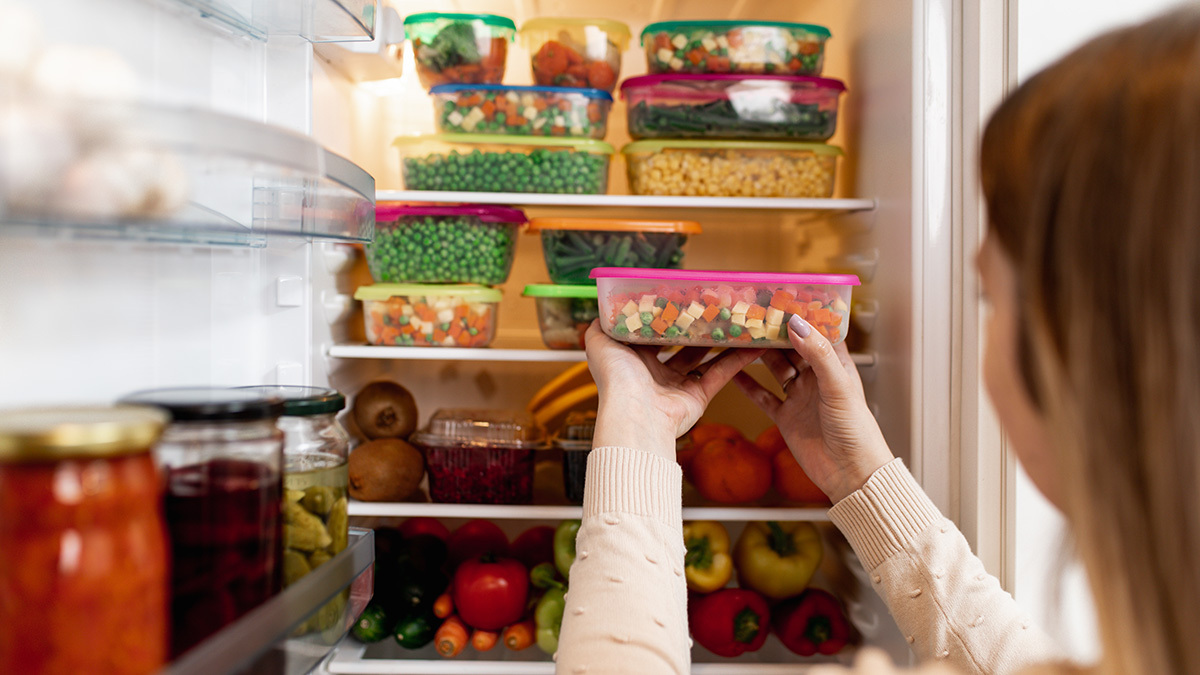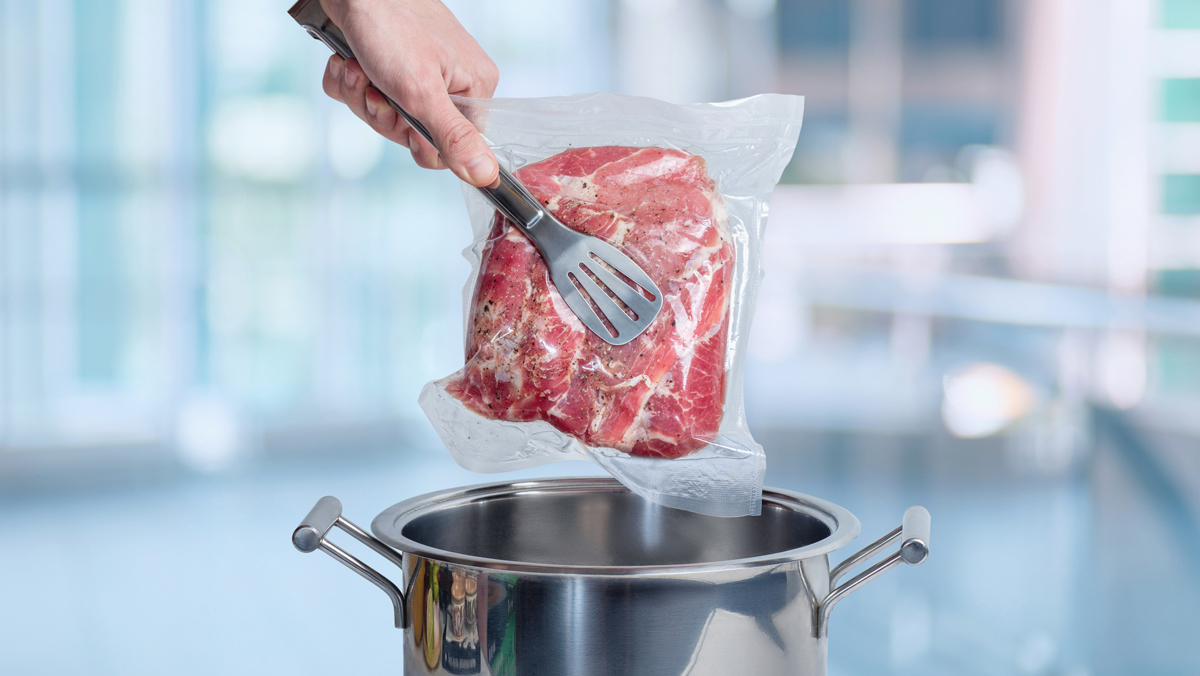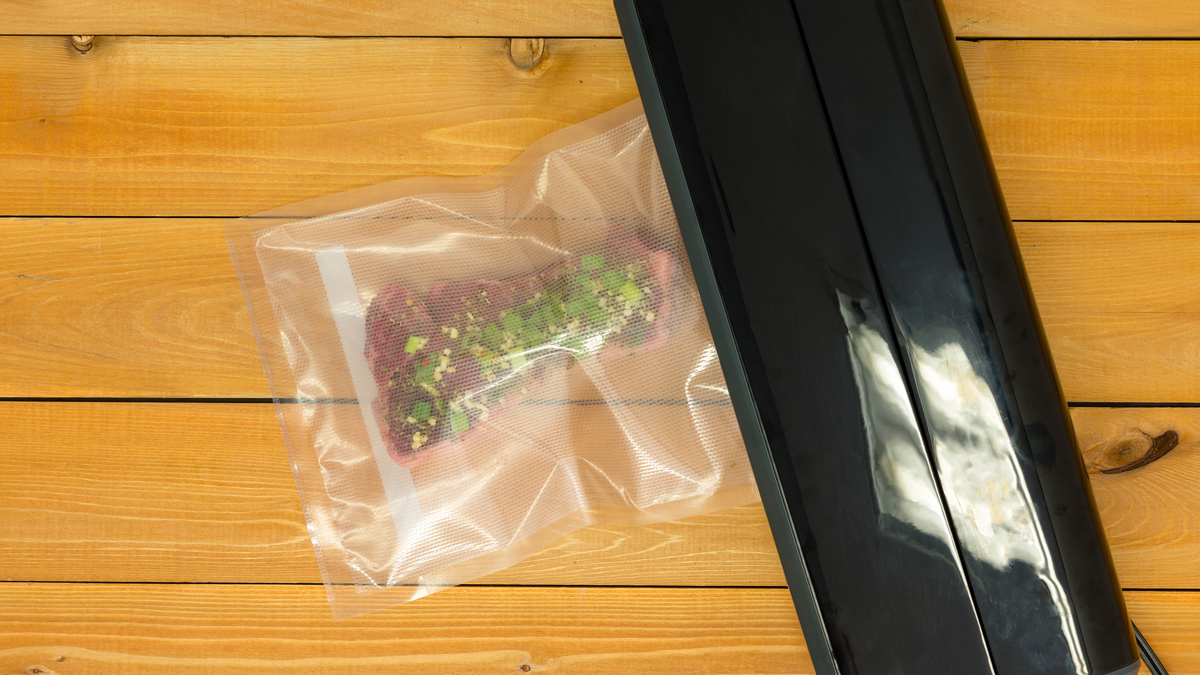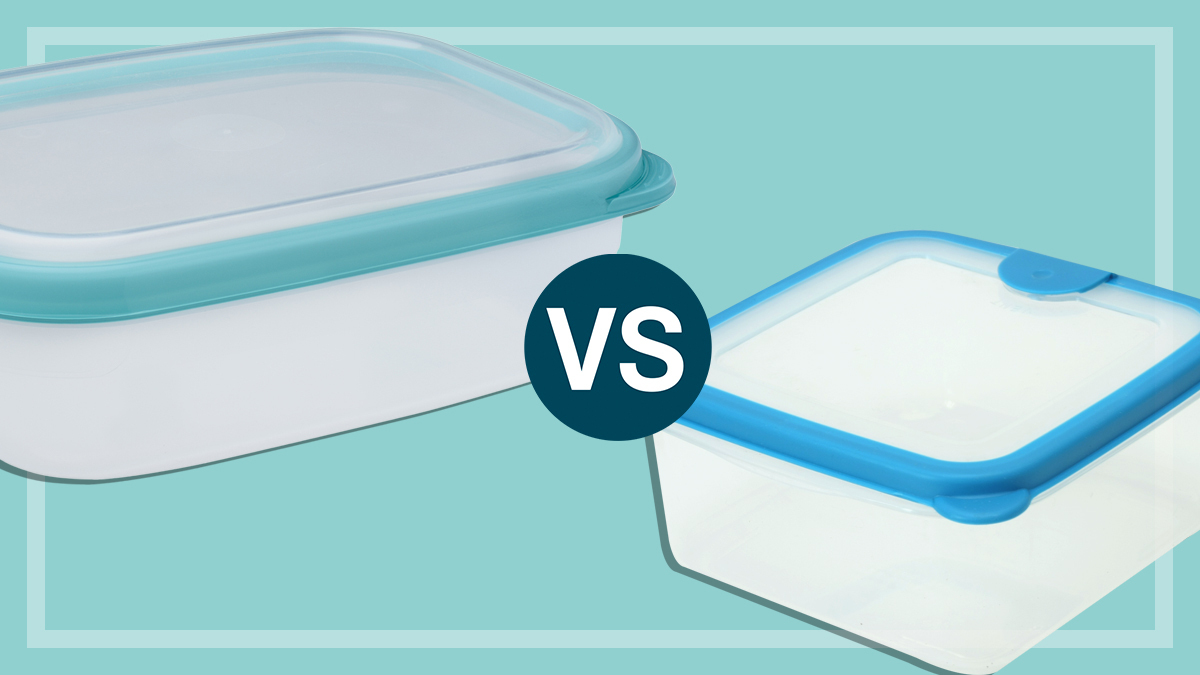Get our independent lab tests, expert reviews and honest advice.
What to know before buying plastic food containers

Plastic food containers are a cheap, common household item you can use for a variety of purposes such as storing dry, non-perishable items or refrigerating last night’s leftover pasta sauce.
On this page:
But with so many types to choose from, how do you choose the right one?
Food container features
Shape
Many plastic containers are designed for specific foods: long, tall containers for storing spaghetti; square, shallow containers for sandwiches; and large, deep containers for cakes. Some are sold in general purpose packs of several sizes. Square or rectangular containers may mean less wasted space in your drawer. Round containers are ideal for soups and salads as you can mix the contents easily and they could double up as a bowl.
Colour
See-through containers are handy if you want to see what’s in them at a glance, particularly if they’re up high. But solidly coloured containers can be efficient if you’re colour coding types of food or storing food on open shelves where they may look neater.
Size/capacity
You may want to choose a variety of plastic container sizes, such as ones that can transport a single sandwich through to large cake-sized containers. A number of CHOICE Community members use brands that have interchangeable lids, even when the containers are of varying depths – handy when you can’t find matching lids easily. Others prefer to stack the containers with the lids on, so consider how much storage space you have.
Clips
Many plastic container lids have clips on two or four sides. These can help ensure the lid doesn’t come off if you accidentally drop the container, and some have a leakproof seal.
Airtight
An airtight seal helps maintain freshness for food stored in the pantry and the fridge. Moths could get into your rice and flour if you don’t have an airtight lid In the pantry. In the fridge, a tight lid prevents the transfer of odours from strong-smelling foods. And storing food uncovered can lead to cross-contamination with other foods in the fridge, according to the Australian Institute of Food Safety.
Vented lids
A vented lid can avoid pressure build-up when heating foods in the microwave – the last thing you want is splattered bolognese sauce all over its interior!
Washing lids
Some plastic container lids have a silicone gasket or seal which may be removable. Ones that are tricky to remove or have crevices to clean could trap moisture and encourage mould growth over time. Our testing shows that a gasket isn’t necessarily better and is no guarantee of a container’s airtight or leakproof qualities. Several plastic containers without a gasket were just as leakproof and airtight as ones with gaskets.
If you’re using a dishwasher, check the labelling to see if the lid is suitable first and always use the top shelf: during the drying cycle, it won’t get as hot as the bottom of the dishwasher does.
Freezer/microwave safe
Check your container to see if it’s marked as freezer and/or microwave safe. When we reviewed plastic containers, some claim to be suitable for temperatures between -20°C to a maximum of 120°C, while others are only suitable up to 100°C. We don’t recommend boiling any food in a microwave as, over time, there could be signs of warping or melting of the plastic.
CHOICE tip: If you’re transferring the plastic container from freezer to microwave, make sure the lid is loosened slightly to prevent pressure build-up. Always defrost foods using the defrost function, not full power.
Are modern plastic food containers safe?
Generally, yes. Of the plastic containers we reviewed in our latest test, most use polypropylene, classed as resin identification code 5. Polypropylene is a common plastic used in plastic food containers, as well as bottle caps and margarine containers, and has no known health hazards. It is a flexible and relatively strong material.
Some containers may fall under code 7, which is a ‘catch all’ for other plastics that are not made in one of the other six resins. Although the code 7 category is broad and also covers polycarbonate plastics (which contain BPA, see below), as well as nylon and acrylic, it can also cover BPA-free plastics.
If in doubt about using old or damaged plastic containers, or ones with no labelling, consider using glass ones instead
Makers of Tupperware products, classed as code 7, claim they have been BPA-free since 2010, and say code 7 “simply indicates that a material is manufactured in a resin other than the 6 coded from 1 to 6, or, importantly, using several resins (in multilayers)”.
If in doubt about using old or damaged plastic containers, or ones with no labelling, consider using glass ones instead.
Containers with BPA
Since 2010 many manufacturers have touted their products as being ‘BPA-free’. Bisphenol A (BPA) is a toxic chemical that can affect the hormonal system, and was commonly found in some plastics such as baby bottles and containers.
Today, Food Standards Australia and New Zealand says that “the overwhelming weight of scientific opinion is that there is no health or safety issue at the levels people are exposed to”. (It is still used to line aluminium cans, as a 2014 CHOICE investigation into BPA in cans found, with experts divided as to whether the levels are significant enough for concern.)
Even if a product is BPA-free, some studies suggest that BPA substitutes such as bisphenol S (BPS) may also cause problems
But even if a product is BPA-free, some studies suggest that BPA substitutes such as bisphenol S (BPS) may also cause problems. In 2015, the US Proceedings of the National Academy of Sciences found that BPS could interfere with the nerve growth in the zebrafish brain. And a University of California, Los Angeles, study found it could also affect the reproductive system of zebrafish.
Got a very old plastic container and not sure if it’s BPA-free? Note that BPA tends to leach out if the container contents are acidic or heated, and we don’t recommend using damaged or scratched containers.
Storage tips
Many CHOICE Community members say they store their empty plastic containers in a dedicated drawer or cupboard, but there is the risk of it all turning into a huge jumble. Stray lids are common, so if you’re nesting different sizes of plastic containers, you’ll need to make sure the lids are all stored together neatly. Some people prefer to organise them with their lids on as it makes them more accessible, but you’ll need to have enough room to fit them in.
Sticking to one brand can be useful if you’re using containers of varying depths that all use the same-size lid. This saves you rummaging around looking for the right one.
Labelling the plastic containers can also help you remember what they’re for.






